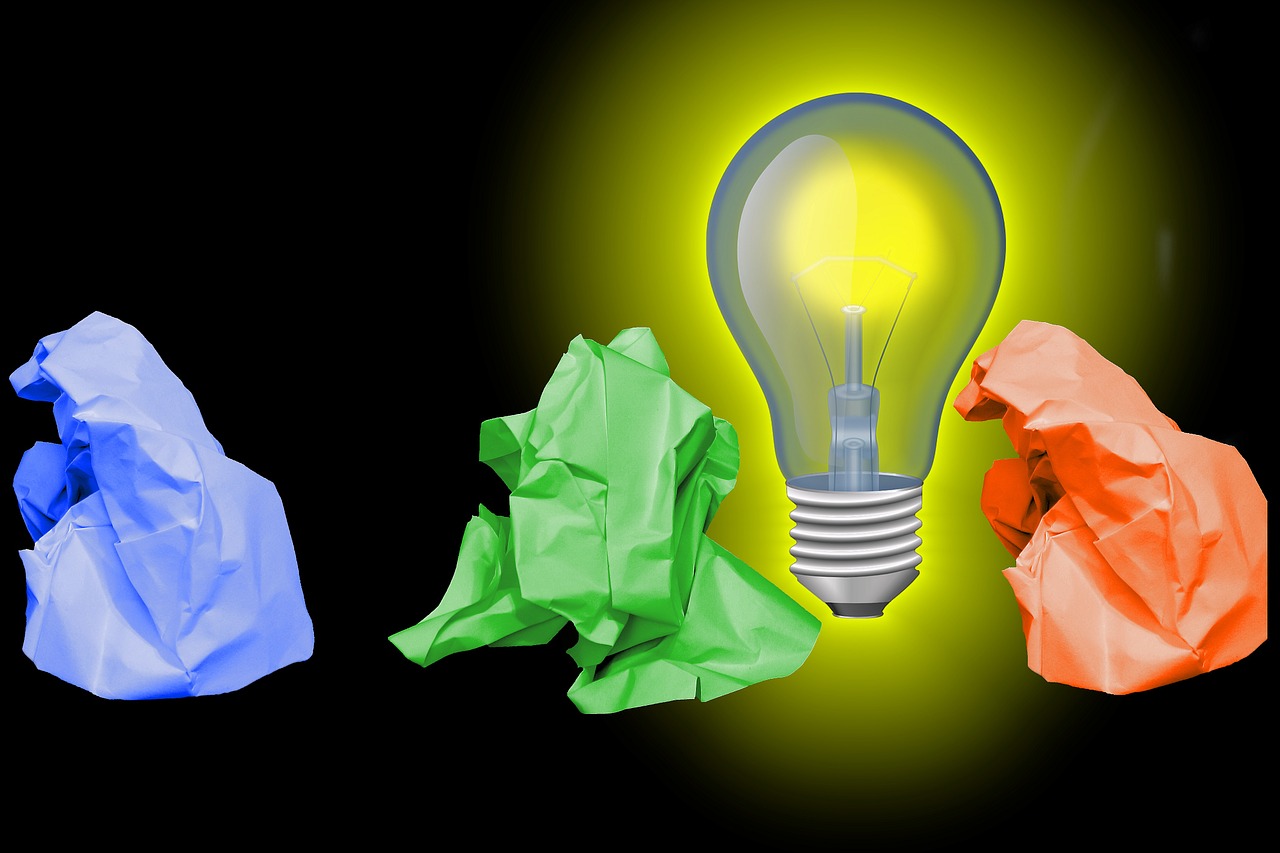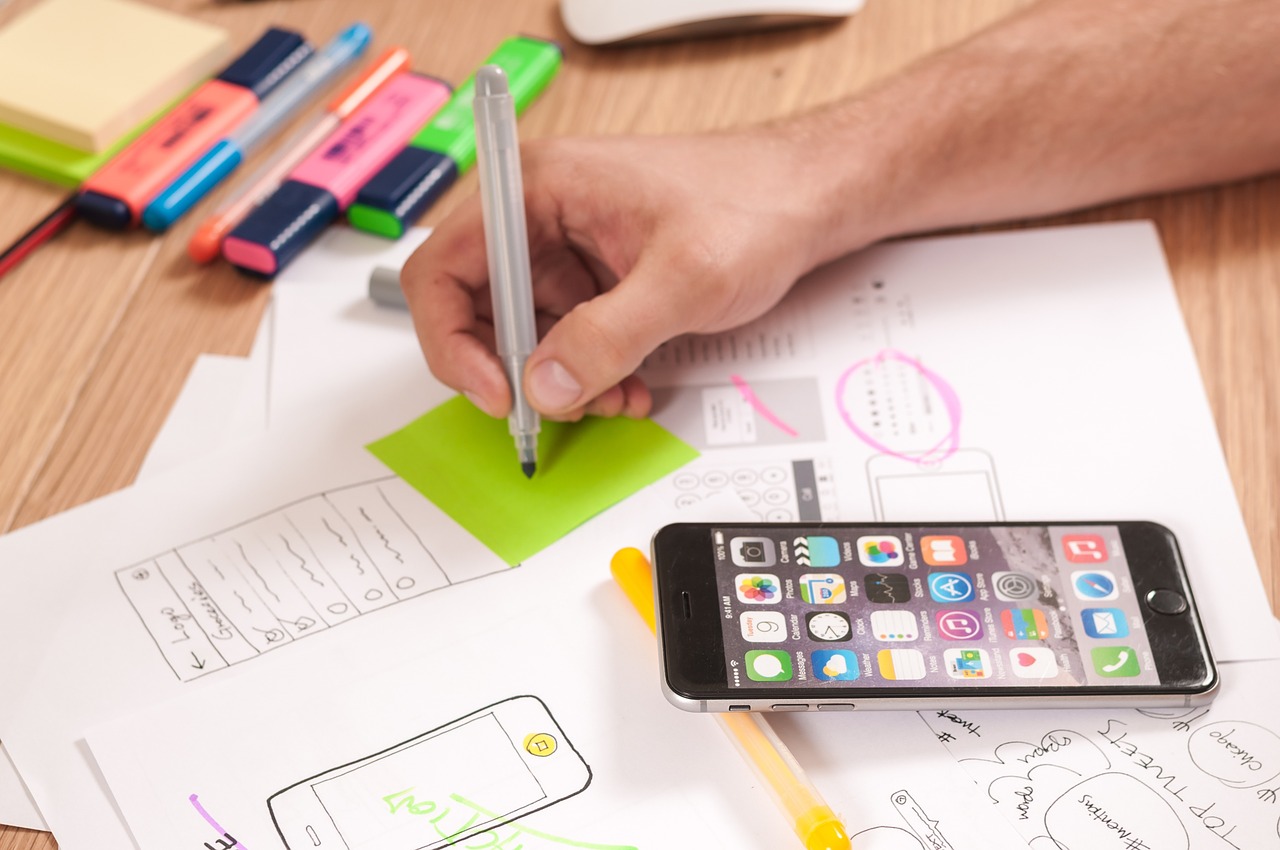An Introduction To Material Design
Original Source: http://feedproxy.google.com/~r/Colorburned/~3/BYJ6izYNvd0/
When Google released Android Lollipop, it also brought into the market its whole new Material Design concept. Ever since its debut, designers and technologists everywhere are full of praise for the new design language, but for those who are new to it, here is a look at what Material Design is all about.
Basically, Material Design is a visual language for users, a set of design styles that blends the essence of the classic principle of good design with the innovation and opportunities of science and technology. But Material Design also has a far broader goal. It aspires to unite Google’s expansive product line under a rich set of design styles and principles, so that a uniform interface is found through all of Google products, everything from watches to cars. By developing a single underlying system, Material Design will allow for a unified experience across platforms and device sizes.
According to the Google’s manifesto, the concept of Material Design is based on three Principles:
“Material” is Just a Metaphor.
The whole design is based on the physical and material world, with the material metaphor being the unifying theory of a rationalized space and a system of motion. What it means to say that the material design is grounded in tactile reality, and takes it inspiration from the study of paper and ink, its motions and how it interacts. To sum up, Material Design brings an element of physical reality to the digital and yet remains technologically advanced and open to imagination and magic.
Speaking more on the subject, the surfaces and edges in Material design takes visual cues from the physical reality with the added flexibility of the digital material that creates some new affordances. It also makes use of the fundamentals of light, surface, and movement in its design, especially in the way objects move, interact, and exist in space and in relation to each other. These familiar tactile attributes resonate well with users.

Bold, Graphic, Intentional!
Moving to the second principle, Material Design makes use of all the basics of print design, that is typography, grids, space, scale, color, and use of imagery. But Material design does not take these elements just at the face value and aesthetic quality, it uses these elements to create hierarchy, meaning, and focus.
Material Design creates a bold and graphic interface by employing deliberate color choices, edge-to-edge imagery, large-scale typography, and intentional white space to provide a whole new experience to users. Importance is also given to user actions such that core functionality is evident immediately and also provides way-points for the user.
Motion Provides Meaning to Design.
Another salient feature of Material Design is that it gives attention to motion and respects and reinforces the user as the prime mover. It is the primary user whose actions are inflection points that initiate motion. All the actions and the motions thereof take place in a single environment without breaking the continuity of experience. To focus the attention, all motion is significant and appropriate and does not divert attention. Transition, which is yet another element of motion, is efficient yet coherent.
With the basics of Material Design and its principles out of the way, let’s take a look at the impact of material design and how it will appear to end-users.

Android
Simply from a visual perspective, Material Design will transform the look of the entire Android ecosystem. From the looks of the apps to its color palette, Google has set up a series of rules that influences it all. This is done by standardizing the graphic layout of Android and removing its complexity.
To ensure readability across all devices, Google has also set up a standard grid that dictates spacing across all sorts of shapes and sizes. Moreover, it is more vivid and simple!
Moving away from visual elements, an important aspect of Material design is its motion. Even in android, Material design introduces an important element in form of three-dimensional elements such that the apps in form of standard grids aren’t just a collection of white squares but is also embedded with the behavior of a real cardstock which is evident when it moves around the screen. This also applies to animated features which uses real life shadow and perspective to give depth to the design.
Beyond Android
One important thing to keep in mind about Material design is its broad outlook, that it is not just limited to Android and is always looking into new avenues of digital technology. From Glasses, Robots, Laptops, TVs to Houses, Google has its fingers on everything. And its latest material design language reflects this vision. Material Design is designed to be uniform across all platforms and devices, and is not limited to just tablet or phone screens. Material Design reflects an innovative yet systematic approach to its consumer-product interaction and aims to make it more simple and yet more lively!
What do you think of Material Design? Share your views in the comments below!
The post An Introduction To Material Design appeared first on Colorburned.



Leave a Reply
Want to join the discussion?Feel free to contribute!